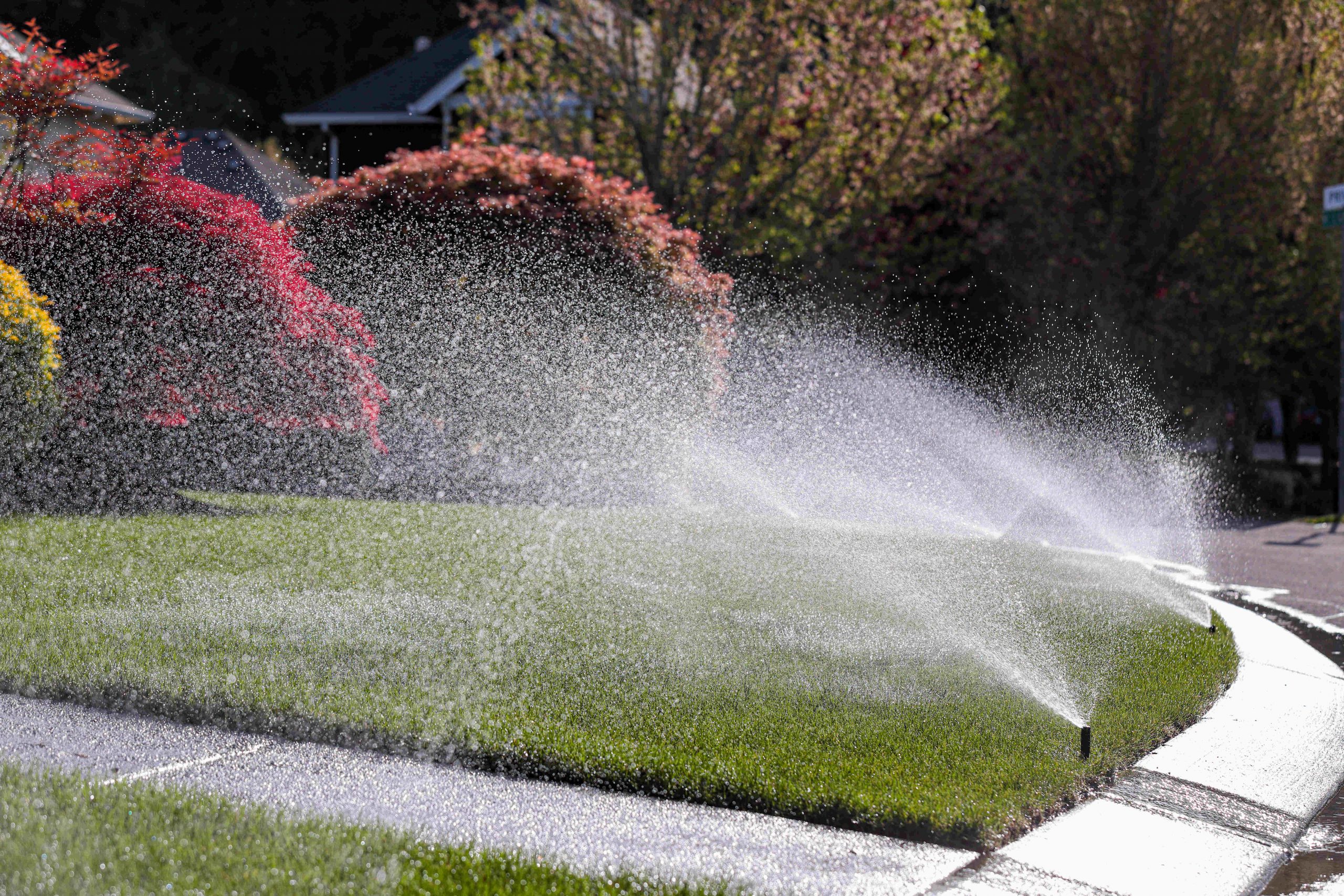Thinking about installing an automatic sprinkler system? Casability is here to help you understand how this investment can impact your water bill and lawn care. Let’s explore the benefits and considerations of automated sprinklers, ensuring you make an informed decision for your home.
Understanding Automatic Sprinkler Systems
What Are They?
Functionality: Automatic sprinkler systems water your lawn and garden at preset times, ensuring consistent and efficient irrigation without manual intervention.
Components: These systems typically include a controller, valves, sprinkler heads, and sometimes sensors. The controller schedules the watering times, the valves control water flow to different zones, and the sprinkler heads distribute water. Advanced systems may include sensors to optimize watering.
The Efficiency of Automatic Systems
Saving Water and Money
Targeted Irrigation: Automatic sprinklers can be set to water specific areas, reducing water waste. By customizing the irrigation schedule for different zones, you can ensure that each area receives the right amount of water.
Consistent Watering: Even, regular watering can be more efficient than manual methods, which often lead to inconsistent water distribution. Automated systems provide a steady and uniform application, promoting healthier lawns and gardens.
Comparing Water Usage: Automatic vs. Manual
Analyzing the Differences
Manual Watering: Often leads to over or under-watering, affecting water usage. Manual methods can be inconsistent, and it’s easy to forget to water or leave the hose running too long.
Automatic Systems: Designed to use only the necessary amount of water, potentially lowering usage. These systems can be programmed to water during optimal times of day, such as early morning or late evening, to minimize evaporation.
The Role of Technology in Efficiency
Smart Sprinklers
Weather Sensors: Some systems adjust watering based on rainfall, preventing unnecessary watering. This feature ensures that your lawn isn’t watered when it’s already wet, saving water and money.
Soil Moisture Sensors: These can detect moisture levels and water only when needed. By monitoring soil conditions, the system can avoid overwatering and ensure plants get the right amount of moisture.
Initial Costs vs. Long-Term Savings
Balancing the Budget
Installation Costs: While there’s an upfront cost for installing an automatic system, it can lead to savings over time. The initial investment includes the price of the system and installation fees.
Reduced Water Bills: Efficient watering can lower your monthly water expenses. Over time, the savings on your water bill can offset the initial installation costs.
Customizing Your Sprinkler System
Tailoring to Your Needs
Zone Settings: Customize watering based on the needs of different lawn and garden areas. For example, flower beds may require more frequent watering than grass lawns.
Timer Settings: Set specific times for watering to maximize efficiency and minimize waste. Early morning or late evening watering reduces evaporation and ensures more water reaches the roots.
The Environmental Impact
Conserving Water Resources
Water Conservation: Automated systems contribute to overall water conservation efforts. By using water more efficiently, you can help reduce the strain on local water supplies.
Eco-Friendly Practices: Using less water is not only good for your wallet but also for the environment. Reducing water waste helps conserve a vital natural resource.
Maintenance and Upkeep
Keeping Your System Optimal
Regular Checks: Inspect and maintain your system to ensure it’s working efficiently. Regular maintenance includes checking for leaks, cleaning sprinkler heads, and ensuring valves function correctly.
Seasonal Adjustments: Change settings based on seasonal weather patterns and lawn needs. For instance, you might reduce watering frequency during rainy seasons.
Professional Installation vs. DIY
Choosing the Right Approach
DIY Installation: Can be more cost-effective but requires technical knowledge. If you have experience with irrigation systems and are comfortable with the installation process, DIY can save money.
Professional Services: Ensure correct setup and efficiency, potentially saving more water in the long run. Professionals can design a system tailored to your landscape and install it correctly, reducing the risk of issues.
Installing an automatic sprinkler system can be a wise investment for efficient lawn care and water usage. By providing targeted, consistent watering, it has the potential to reduce your water bill while keeping your lawn healthy and green. Remember, the key is in proper setup, regular maintenance, and utilizing technology like sensors for optimal efficiency. With Casability, you can navigate this decision with confidence, ensuring your home improvement projects not only add value to your home but also contribute to sustainable living practices.
